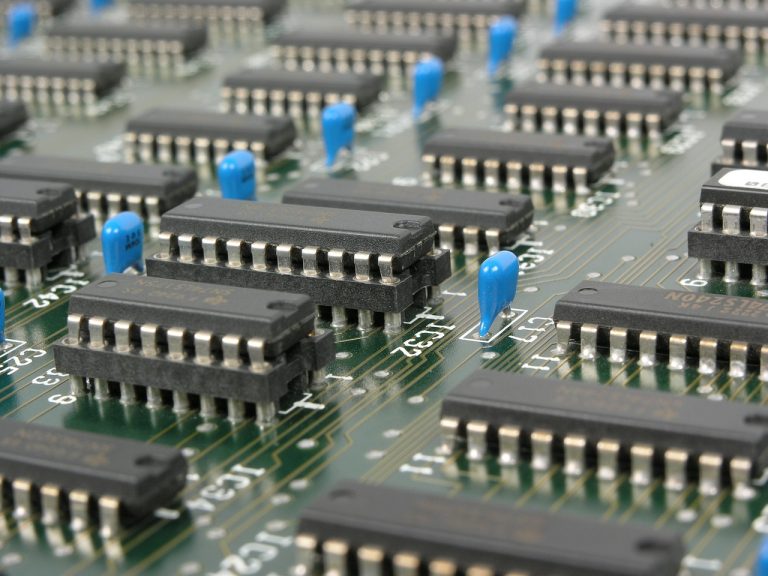HIS grace turns a speck of sand on a beach into a chip of sparkling gold. -Tandon Sir
PART-III
Semiconductor device fabrication is the process used to manufacture semiconductor devices, typically integrated circuits (ICs) such as computer processors, microcontrollers, and memory chips (such as NAND flash and DRAM) that are present in everyday electrical and electronic devices. It is a multiple-step photolithographic and physico-chemical process (with steps such as thermal oxidation, thin-film deposition, ion-implantation, and etching) during which electronic circuits are gradually created on a wafer, typically made of pure single-crystal semiconducting material. Silicon is almost always used, but various III-V compound semiconductors like Ga As are used for specialized optical applications.
The fabrication process is performed in highly specialized semiconductor fabrication plants, also called foundries or “fabs”, with the central part being the “clean room”. In more advanced semiconductor devices, such as modern 14/10/7 nm nodes, fabrication can take up to 15 weeks, with 11–13 weeks being the industry average. Production in advanced fabrication facilities is completely automated and carried out in a hermetically sealed nitrogen environment to improve yield (the percent of microchips that function correctly in a wafer), with automated material handling systems taking care of the transport of wafers from machine to machine. Wafers are transported inside FOUPs, special sealed plastic boxes. All machinery and FOUPs contain an internal nitrogen atmosphere. The insides of the processing equipment and FOUPs are kept cleaner than the surrounding air in the cleanroom. This internal atmosphere is known as a mini-environment. Fabrication plants need large amounts of liquid nitrogen to maintain the atmosphere inside production machinery and FOUPs, which are constantly purged with nitrogen.
To be continued.

